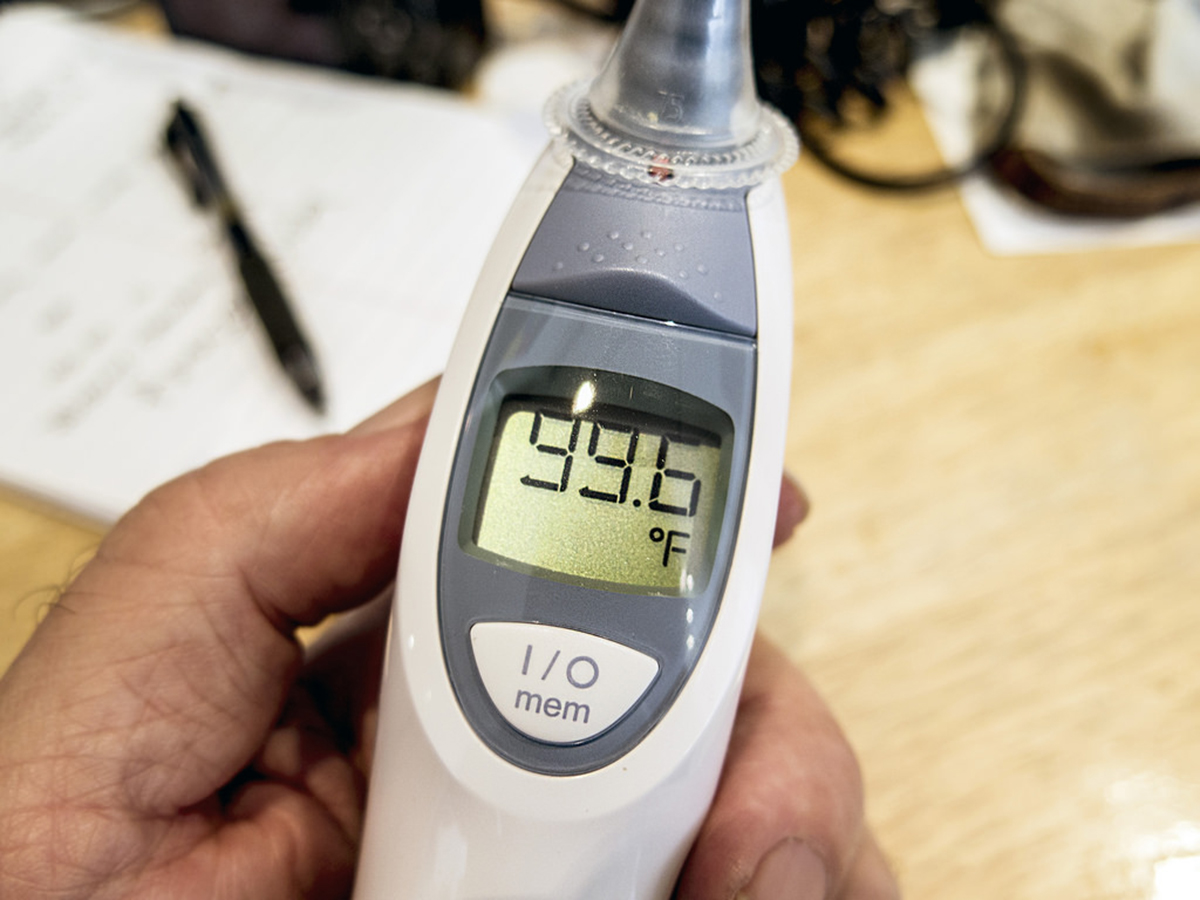Table of Contents
Wouldn't it be nice if you could enjoy all the comforts of home while you were in the hospital? In the United States, the pendulum is swinging back to home care, where the doctors and nurses come to you, as a vastly superior alternative to hospital care.
Given the success of Dr Leff's pilot project, one might think that insurance companies, Medicare, and Medicaid might jump at the chance to reduce their costs while providing better care to patients. That hasn't been the case. Government-funded healthcare in the United States does not have a mechanism for calculating payments for hospital-level services delivered outside a hospital. Insurance companies don't have an system for negotiating reimbursements for services of this kind.
However, the Veteran's Administration and a healthcare system in Albuquerque, New Mexico, Presbyterian Healthcare Services, don't have to operate within these constraints.

When Presbyterian Healthcare Services started its Hospital at Home program, it hired just one physician, Dr Melanie Van Amsterdam. Her first task was to dig through medical records to find patients who needed to be admitted to the hospital right away, but were not likely to have to be sent to the ICU (intensive care unit). Unlike many doctors in modern healthcare, she found that she had to rely on her own physical examination skills, actually sitting down with patients, getting to know them, and conducting a physical exam, rather than relying on lab results and treatment algorithms.
Since there were no treatment guidelines for at-home care, she had to become far more comfortable than most doctors in dealing with uncertainty.
Fortunately for the program, over 90 percent of patients offered treatment at home accepted it. Dr Van Amsterdam's diagnostic and prognostic skills proved up to the task. Fewer than 2.5 percent of patients had to be taken from home to the hospital. The success of her program led to its expansion, and the development of a similar program at Mt Sinai Hospital in New York City.
Mt Sinai has had some of its doctors making house calls since the 1990's. It expanded its program as it recognized the cost savings and improved patient care afforded by at-home hospitalization.
In New York, the challenge turned out to be encouraging doctors not to admit patients to the hospital at the first sign something was going wrong, but to offer the fullest range of their skills to keep patients in their homes as long as possible. Well-meaning family members sometimes accidentally interfered with treatments (the New York Times article refers to a family member's putting antibiotics in the freezer, rendering them useless, IV antibiotics sometimes costing thousands of dollars per dose), but the hospital found it could schedule doctors and nurses for round-the-clock treatment even without moving the patient to the hospital.
With the success of these two programs, now the massive funded Veterans Adminstration is readying a similar service, keeping vets out of hospitals, keeping them comfortable in their homes, and giving them immediate attention.
From a patient's point of view, at-home care offers more than not having to find someone to feed the cat or check on the mail. At-home care offers quiet, familiar surroundings with caregivers who are fully focused on you. Some conditions simply cannot be treated at home, but home almost always provides a better environment for recovery than the hospital.
- Davis K et al. Innovative Care Models for High-Cost Medicare Beneficiaries: Delivery System and Payment Reform to Accelerate Adoption. American Journal of Managed Care. 1 May 2015. 21(5):349-56.
- Daniela Lamas, MD. Admitted to Your Bedroom: Some Hospitals Try Treating Patients at Home. 27 April 2015.
- Photo courtesy of British Red Cross. via Flickr: www.flickr.com/photos/britishredcross/4398796876
- Photo courtesy of ** RCB ** via Flickr: www.flickr.com/photos/29233640@N07/15534914135


Your thoughts on this